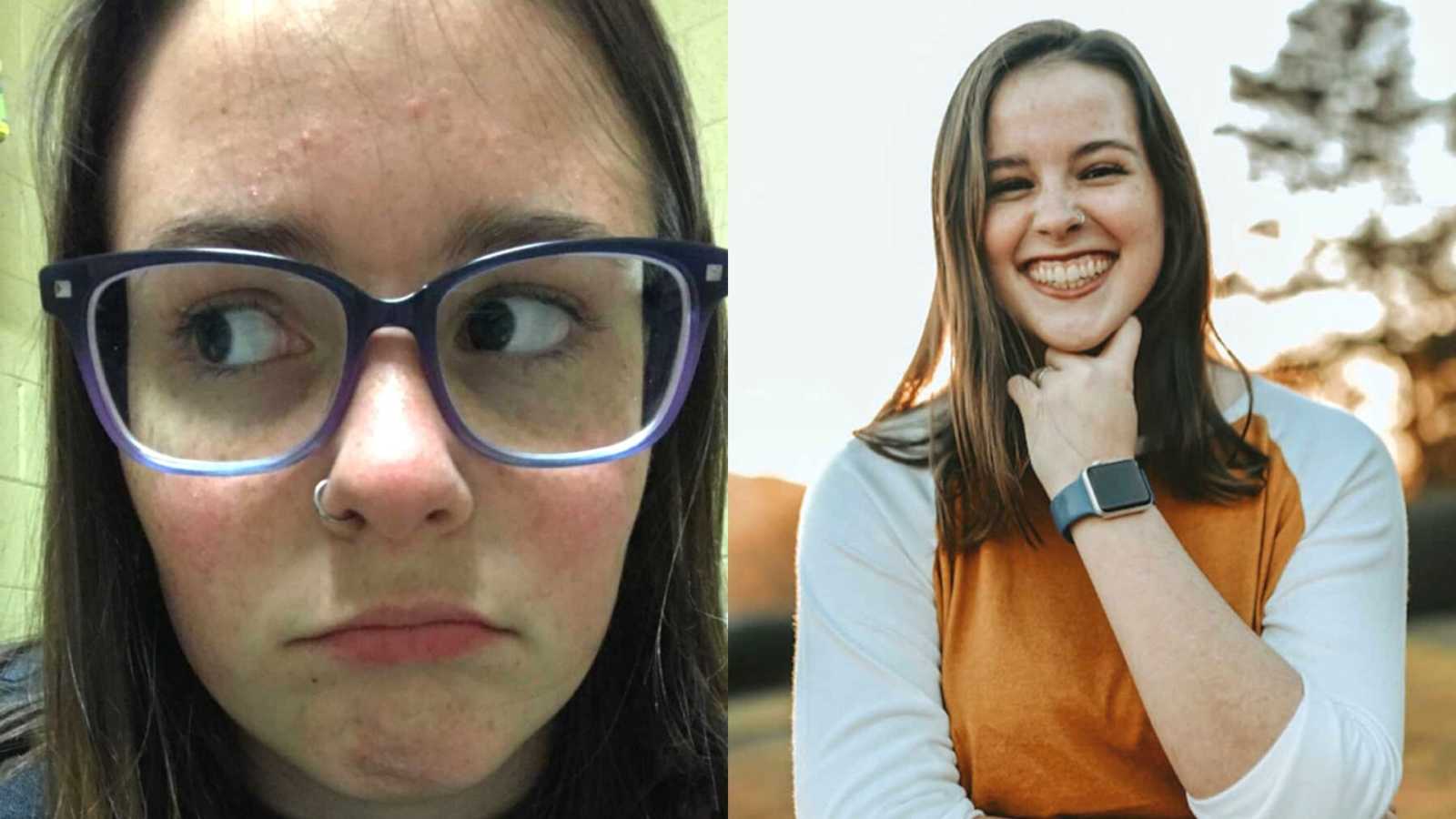Trigger Warning: This story contains mention of suicidal thoughts that may be triggering to some.
“Growing up, pain was not a stranger to me. I got my fair share of bruises and stitches, but there was more than that. At 2 years old, my elbow dislocated because I ran to my dad, arms raised, and he picked me up by my forearms. This injury, often called ‘nursemaid elbow,’ is extremely common in toddlers, so no one thought anything of it. As I got older, when I would run and play with my friends, I always had to stop playing because my ankles, knees, and hips would be aching. I thought everyone else felt like this, so I didn’t think anything was wrong. My parents thought I just played harder than the other kids or I was having growing pains.
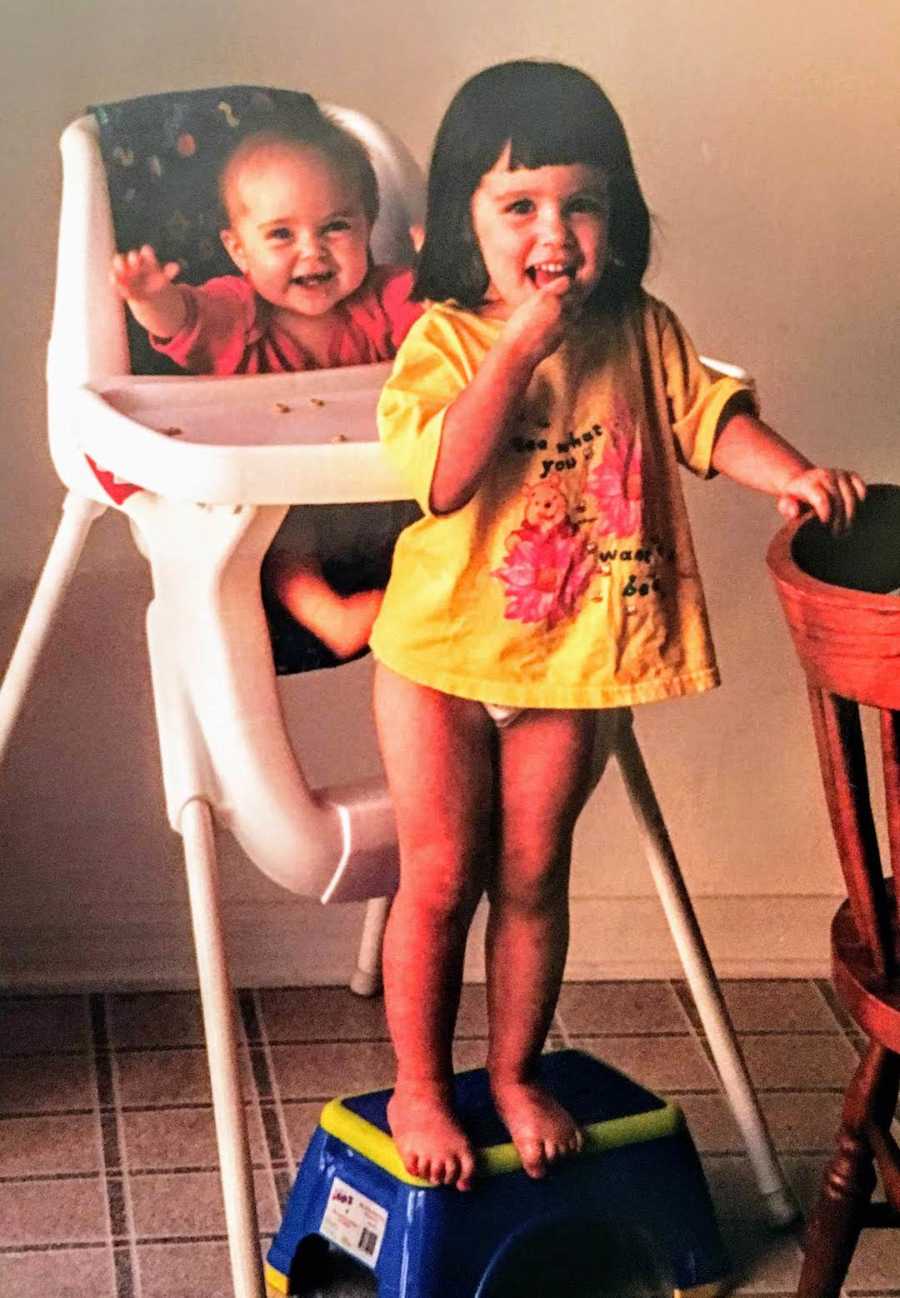
As I moved through elementary school, my pain continued to get worse. My pain got to the point where my dad would have to carry me upstairs to my room because my joints felt as if they were being ripped apart. My parents started to worry something more was going on, so my mom took me to the doctor. My doctor said, ‘You’re just having growing pains. Girls are usually more dramatic about these things,’ and sent us on our way. When I was around 9 years old, I got to the point where I could not walk without excruciating pain, and my knees would dislocate at least twice a week.
The first time I dislocated my knee, I was 9 and was freaking out and yelling for my dad. He came running up to me. He frantically asked what was wrong, and told me to relax my leg. He slowly moved it out and we both heard a pop. We both looked at each other, completely shocked, and he said, ‘You just dislocated your knee! What were you doing?’ I told him I was kneeling and petting our dog. He looked puzzled, and said, ‘That’s all you were doing? That should not have been enough to dislocate your knee.’ My parents knew this wasn’t normal, so my mom immediately took me back to the doctor, and they ran blood work. They checked for Rheumatoid Arthritis, Lupus, and differing ANA markers. Everything came back normal. At first, it was a sigh of relief but there were no answers for the pain I was experiencing.
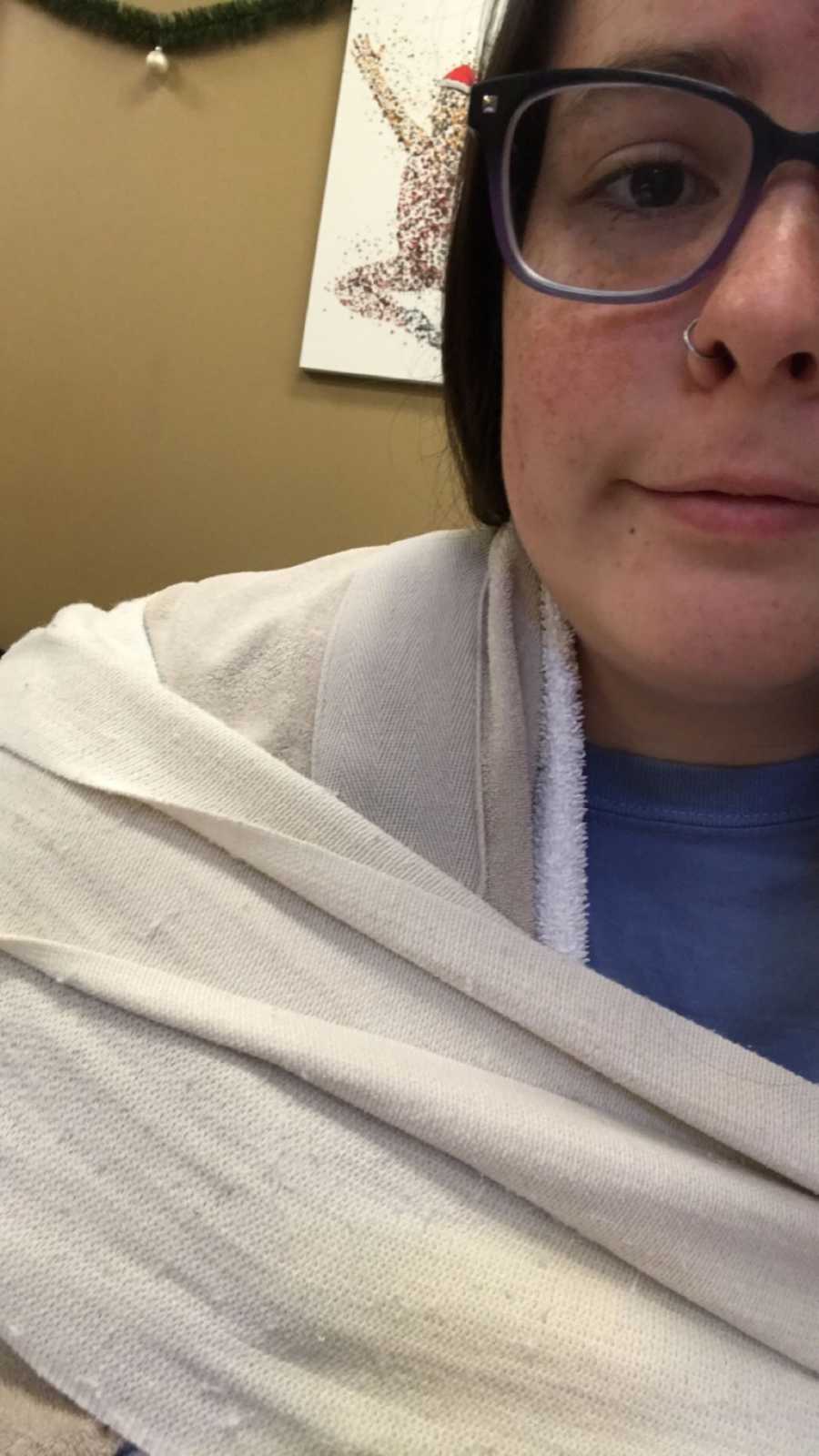
My parents again reached out to my pediatrician and she sent us to Shands in Gainesville, Florida. My mom and I drove up to Gainesville from Orlando to see a specialist there. They checked my range of motion and realized I was incredibly flexible. The doctor explained, ‘Sometimes when kids are growing, they are incredibly flexible, and they call it Hypermobility Syndrome. You will eventually grow out of it, and as a result, the joint pain will eventually go away.’ My parents and I accepted this answer to my pain and figured it was something I had to deal with for the time being.
When I hit high school, my joints continued to ache, dislocate, and swell. My parents and I figured it was just Hypermobility Syndrome and I was going to have to wait it out. In 2016 and 2017, my senior year of high school, my health rapidly declined. I was having intense migraines, phases where I would lose consciousness, and debilitating joint pain and dislocations. After going from doctor to doctor, they would say my symptoms were all in my head, and there was nothing wrong with me. A doctor literally told me to ‘stand up slower’ so I would stop losing consciousness. I continued to become incredibly ill, which caused my mom and me to start researching again.
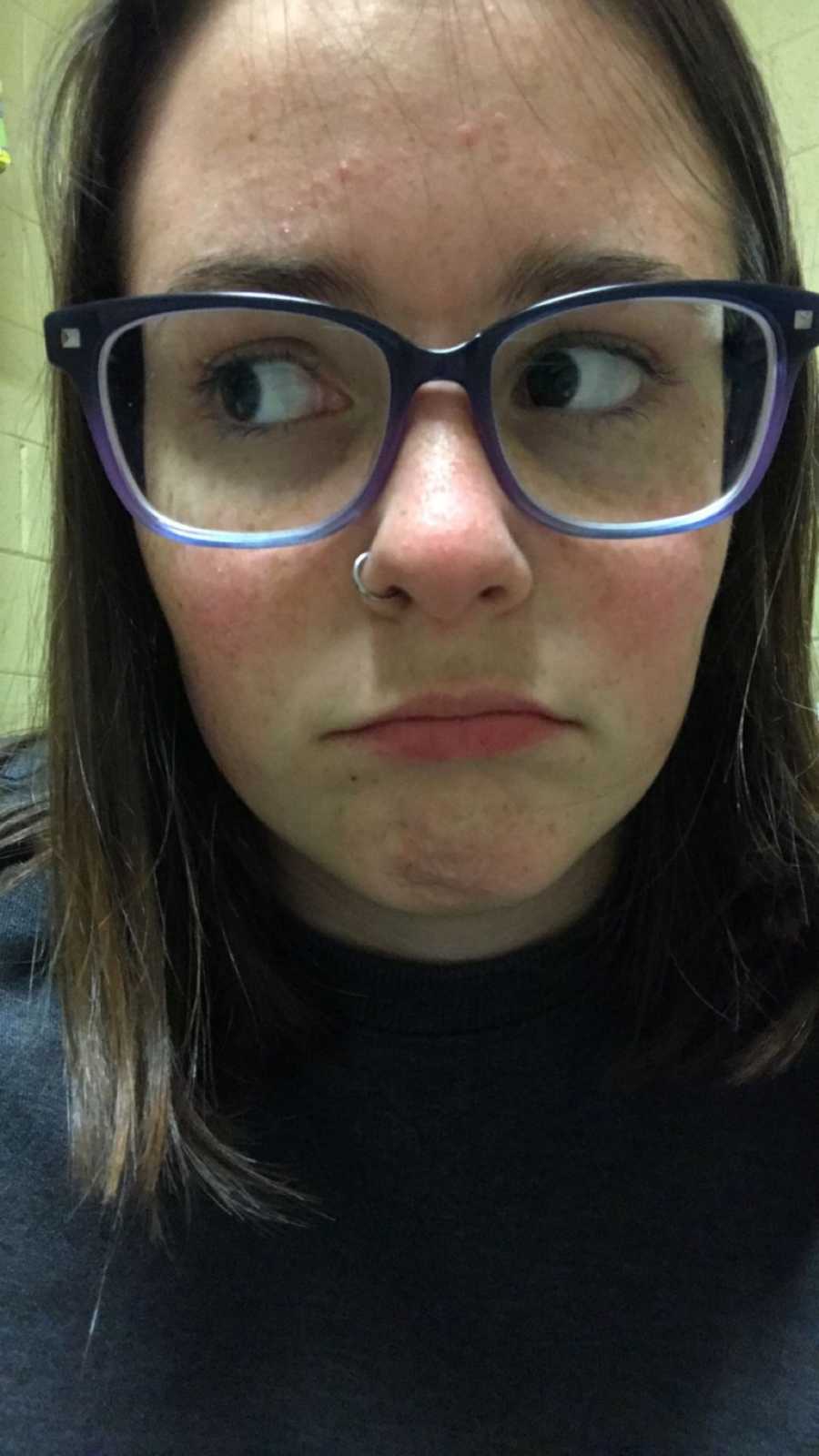
I then began college in the fall of 2017, 9 hours away from home, in North Georgia. My health continued to decline throughout my freshman year of college. I was desperate for answers, so I continued to search. Whenever I was not in class or doing homework, I was searching for what could possibly be wrong with me. Every break I had from school was spent in doctors’ offices.
A time where I finally felt seen and heard was at one of my primary care appointments. My doctor looked me in the eyes and said, ‘You are not crazy. The pain you feel is real, and we’re going to figure out how to get this under control together. Soon, you will run your life, not your illnesses.’ In that moment, it took everything in me not to cry because, for the first time in 17 years, a doctor finally believed me.

In December of 2018, my sophomore year of college, I came across a medical article on Ehlers Danlos Syndrome. I could not believe what I was reading. The entire article described me perfectly. I immediately sent the information to my parents, and they were just as surprised as I was. We did some research, found a specialist, and scheduled an appointment with him over my next break from school. In February of 2019, my mom and I traveled to Jacksonville to see a geneticist. Going into that appointment, I was anxious and terrified. If this doctor didn’t know what was wrong with me, I had no clue what I was going to do. I couldn’t face another doctor telling me they didn’t know what was wrong with me.
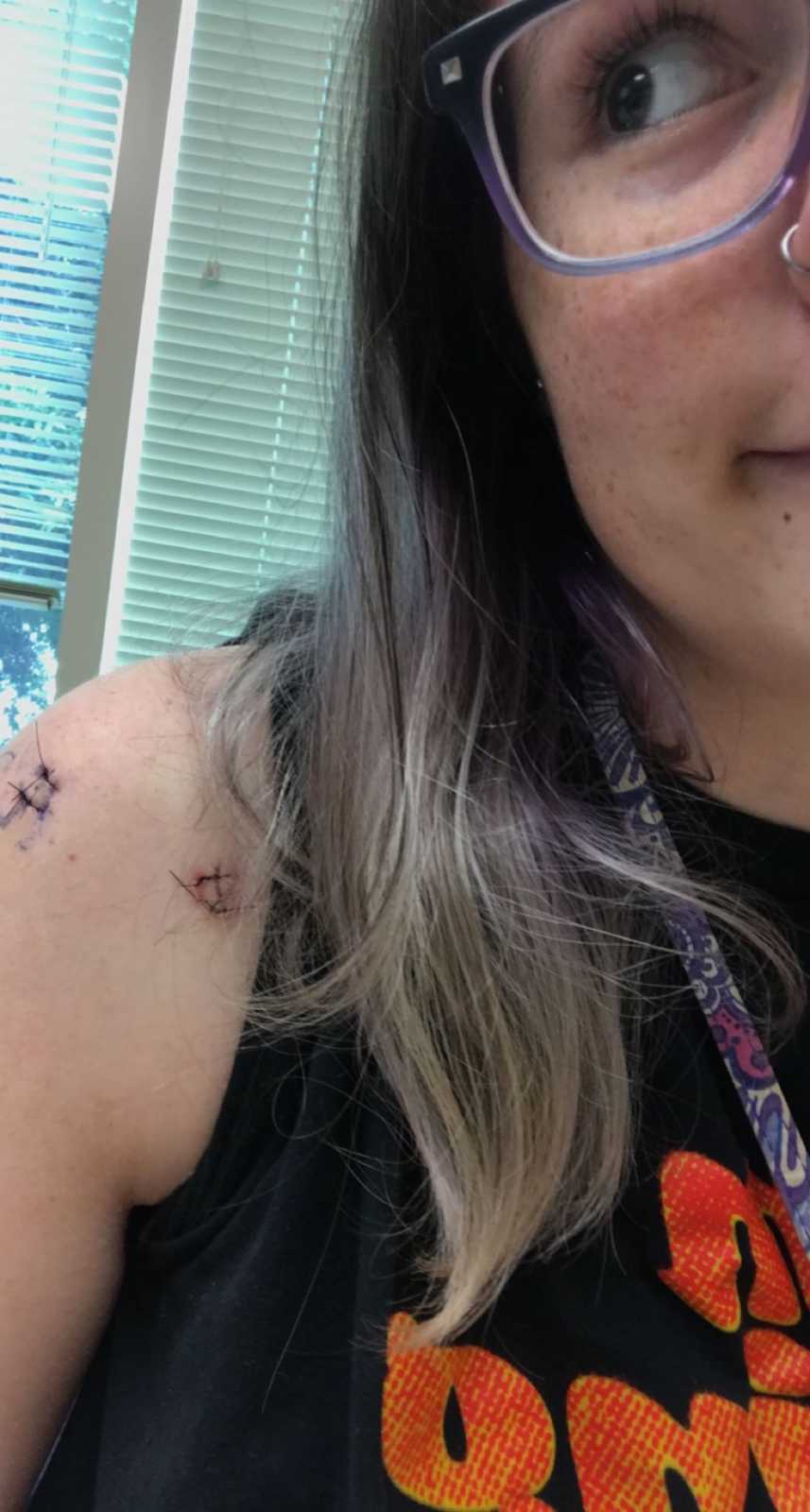
My appointment time came, and my mom and I walked into the doctor’s office. He evaluated me, asked me a multitude of questions, and then diagnosed me with hypermobile Ehlers Danlos Syndrome (hEDS) as well as Postural Orthostatic Tachycardia Syndrome (POTS). I felt a weight being lifted off of my shoulders. I felt like I could breathe again. My 17-year battle for answers was finally over. For the first time, I did not feel crazy while explaining my symptoms to a doctor. There was a doctor sitting in front of me, telling me the pain and other symptoms I was feeling were real. I could finally understand why my body is the way that it is.
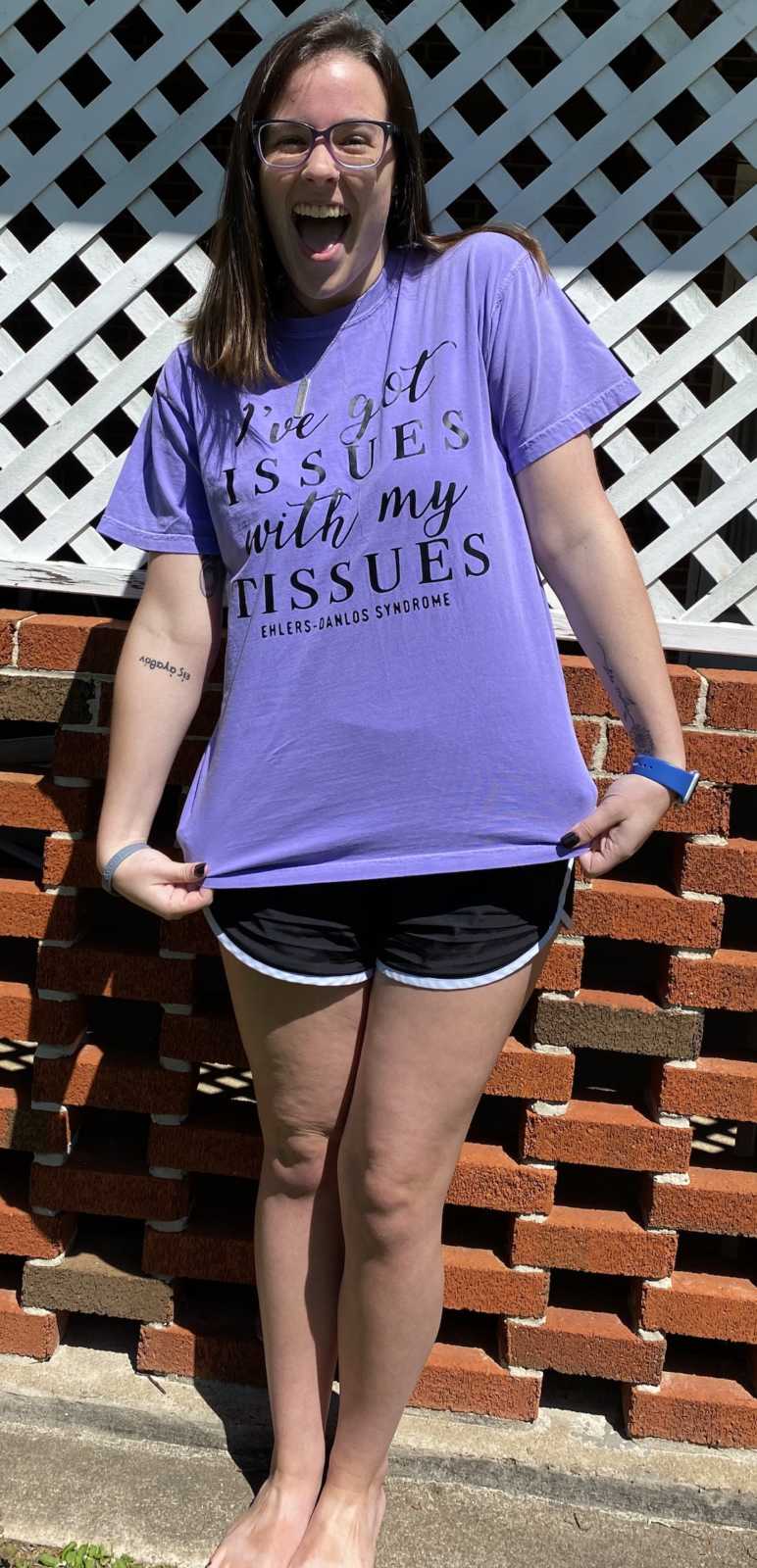
As the weight was being lifted off of my shoulders, I soon felt an entirely new weight being put on. I wish I could tell you it has been butterflies and rainbows since I was diagnosed. Most people think when you finally have that ‘golden ticket’ of a diagnosis, everything comes together: doctors know exactly what treatment program will work for you, every medication you try will work, or you immediately figure out how to balance chronic illnesses with everyday life.
News flash: that is absolutely not what happens. My breaks from college are still mostly spent in doctors’ offices, sitting on that awful crinkly paper, having surgery, or having infusions. What other 20-year-old in college does that? Everyone else goes on road trips or visits friends and family, while I see one of my doctors and/or recover from surgery. Being a chronically ill 21-year-old gets to be incredibly lonely because my body has such different limits than everyone else’s. I constantly compare myself to my healthy peers, wishing I could be like them. Praying one day I’ll wake up and not have to put my joints back into place before I get out of bed.
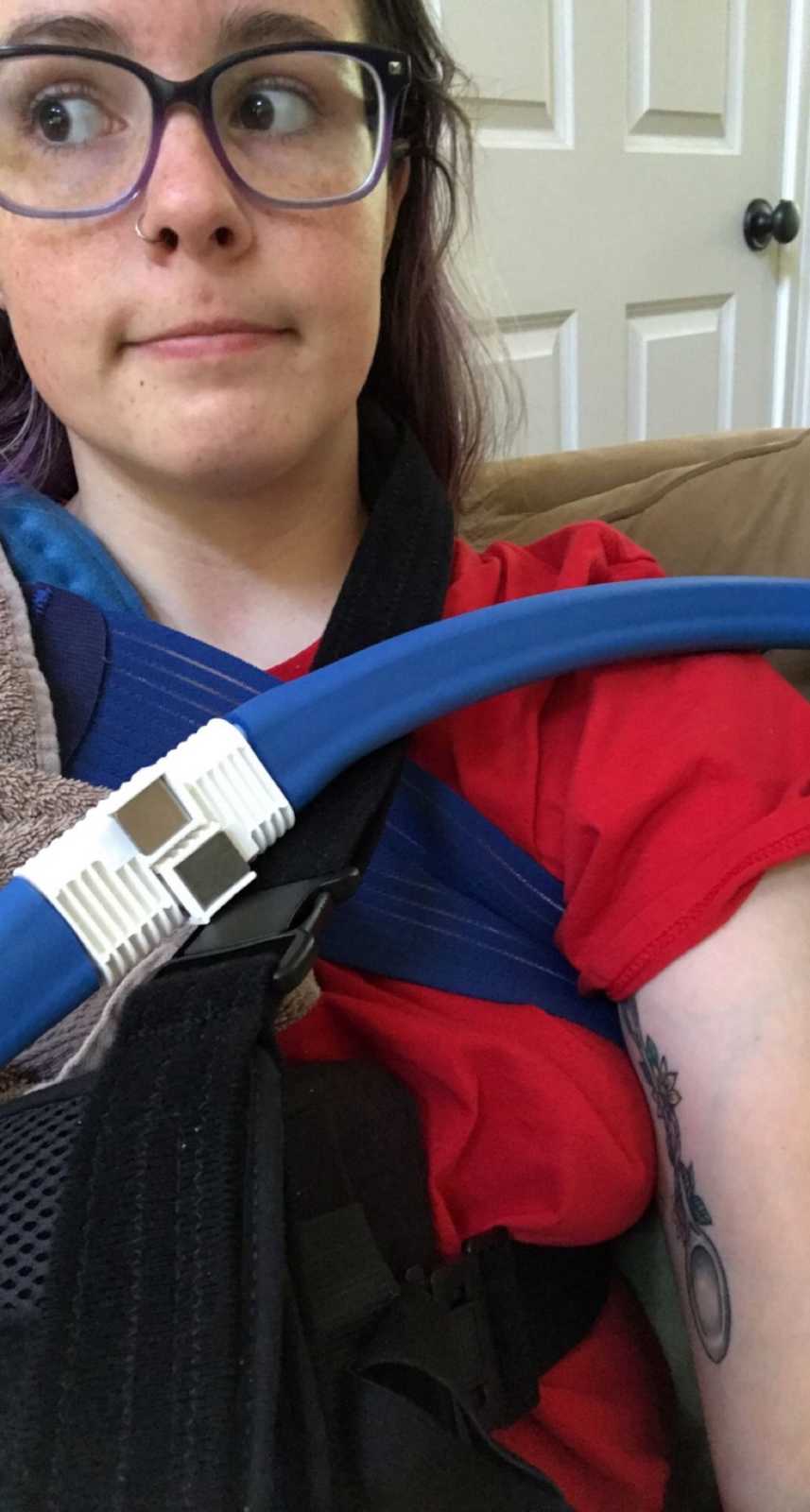
If I’m being honest, the past year and 10 months following my diagnosis has been one of the biggest struggles I have faced both physically and mentally. People see this Sunshine State girl who smiles all the time. They see a happy girl who fearlessly faces multiple chronic illnesses. They often say, ‘You are so strong. I admire you so much. I don’t know how you do it.’ But the reality is, I am not that person all the time.
I only let a select few into the inner circle where the reality of my life with a chronic illness is. The dark pit where I truly show how much my pain affects me instead of brushing it off. I am a professional at hiding my pain (except from my mom because she knows me better than I know me). People often think I fake these illnesses for attention because I hide my pain. Side note, this always baffles me. If I wanted attention, I wouldn’t do it by spending my time hooked up to IVs or seeing a million doctors. I would do something much cooler and way more fun. They think my pain tolerance is incredibly low when, in fact, it is the opposite. I barely bat an eye after my knee dislocates and I put it back in place.
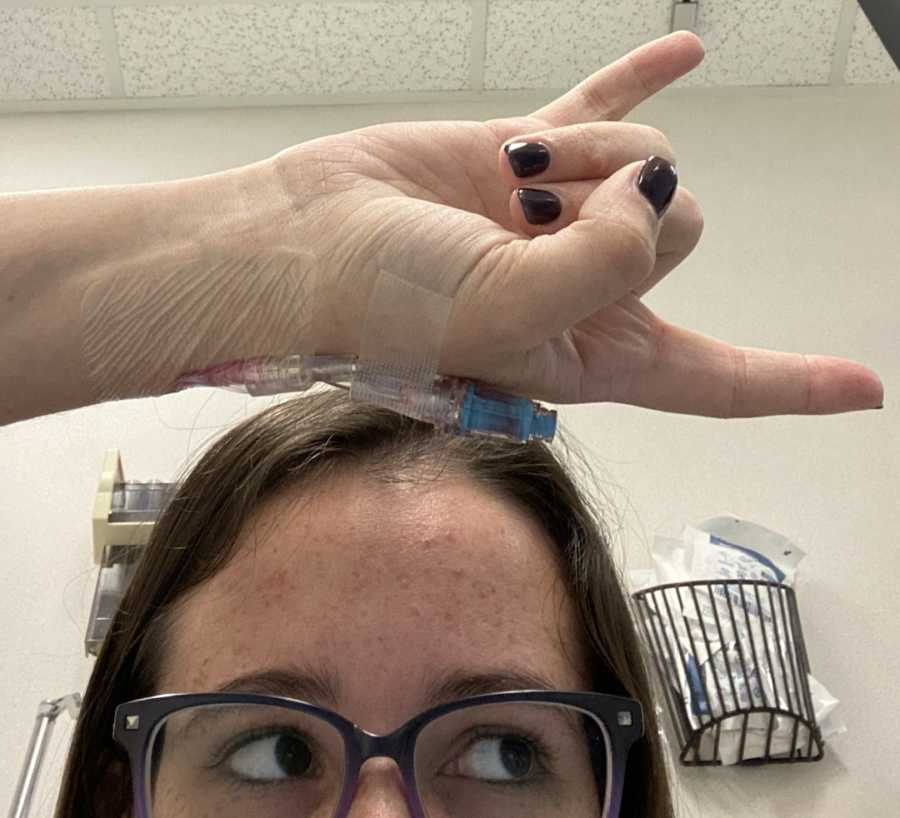
Being chronically ill has caused me to go to some really dark places mentally. In the fall of 2019, I felt like such a burden to my family and thought they would be better off without me. My mom knew something was wrong, even though I was away for college. We met each other halfway from home to school in Tallahassee, and I told her what I had been thinking and feeling. I told her I felt like I was too much to take care of, I hated she would have to take time off work to take me to countless doctors appointments, pay for doctors appointments, medications, and procedures. I told her I felt like our family’s life would be easier without me. At this point, we were both sobbing, and my mom said, ‘Hannah, you’re my daughter, you’re my child. It is my job to take care of you. I don’t see any of this as a burden. You are not a burden that I’m carrying, you’re my baby and I will do anything, anything to take care of you. I love you.’
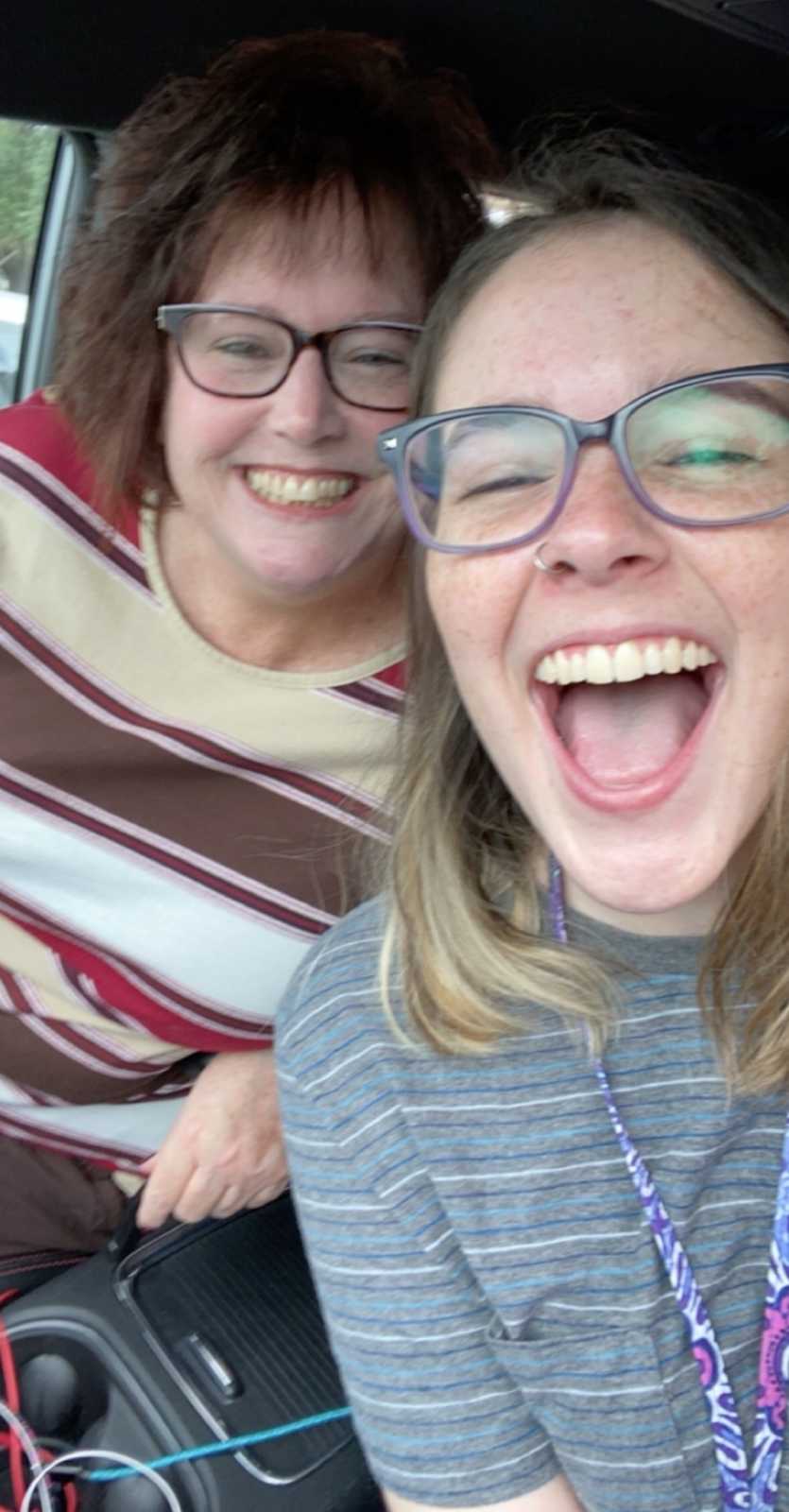
There are so many mornings where I slip joints back into place before crawling out of bed. There are days where I just want to quit in order to escape pain. There are times where I wish I could be with my friends, but can’t because my body is screaming no. Battling the crippling depression and anxiety that comes with constant physical pain is taxing. There are days where I question the purpose of my life. I question why God saw it fit to make my body this way. I ask, ‘Why should I stay? What is the purpose behind all of this?’ But then I remember: I may not see God’s ultimate purpose for my life on this side of Heaven. That is something I continue to struggle with.
During times of struggle, God reminds me of Romans 8:28 and 2 Corinthians 12 where God is working everything together for my good, and my weakness is made to strength in Him. This gives me the freedom to be weak because I can fully depend on the Lord. One time, my mom told me she and my dad were talking to one of our family friends about my health and my dad said, ‘My daughter is a bada*s who can face anything.’
The 17 years it took me to receive a proper diagnosis motivates me to advocate for those of us in the chronic illness and disability community. Many of us suffer from invisible illnesses that are not blatantly obvious to those around us. As a result, people in public often make rude comments or throw harsh glares at us when we don’t offer up our seat to an older person or we use handicapped spaces in parking lots. Sometimes, I wear knee braces to keep my knees in place. Wearing braces does not make my illnesses more valid, but more visible to those around me. I think it is incredibly important to educate people on invisible/chronic illnesses because they affect a wide variety of people.
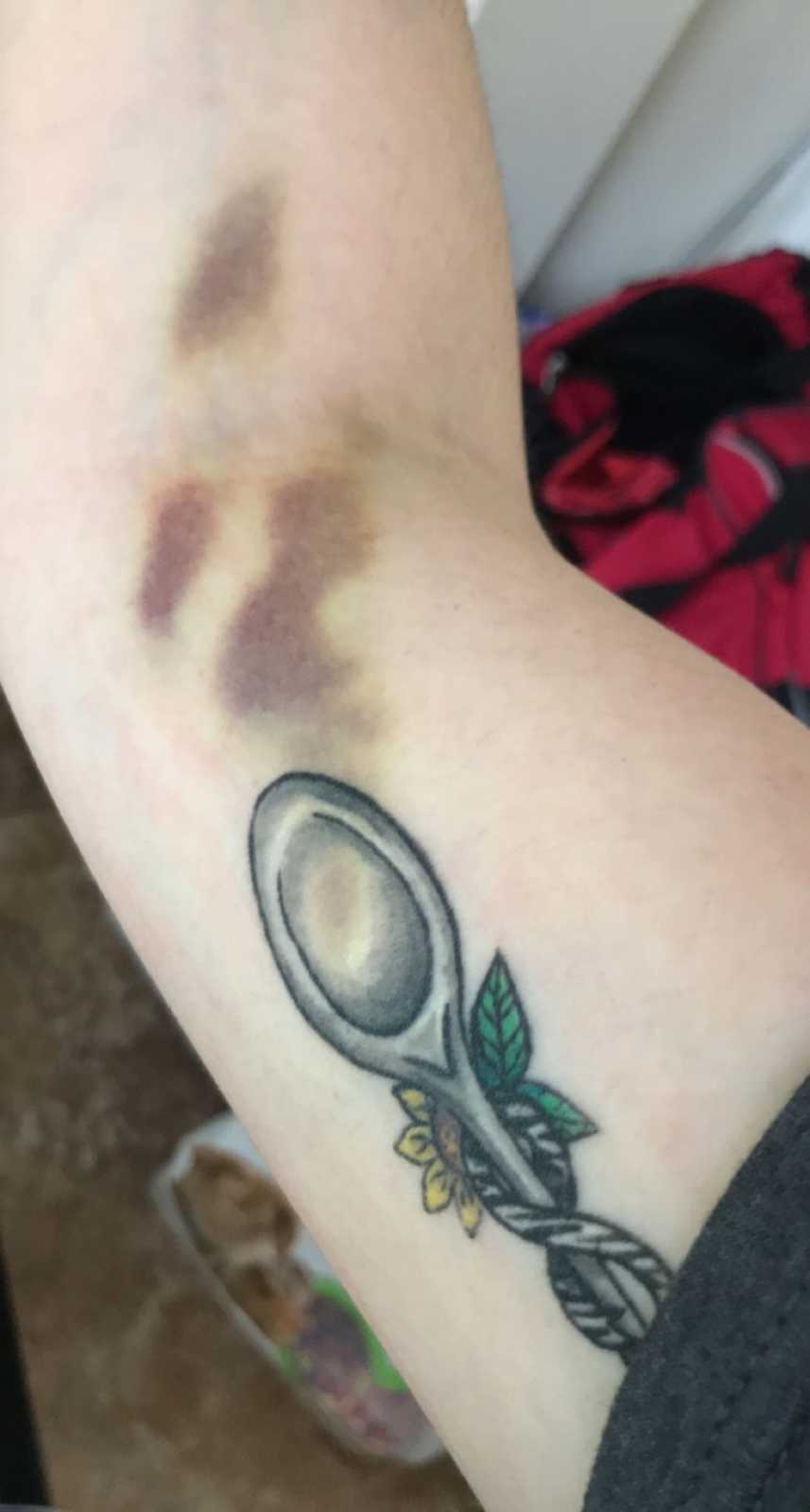
It is also important to raise awareness so no one else has to go through a story like mine. So no one else has to struggle with validating their pain, explaining their experiences over and over again to doctors, or receiving multiple misdiagnoses before finally finding out what is going on. Even after receiving a diagnosis, I am having to explain what EDS is to medical professionals. I often find myself to be more knowledgeable about EDS than some doctors. Advocating for chronic illnesses is something I feel like I need to do so no one else has to go throughout their life struggling to find answers like I did.”
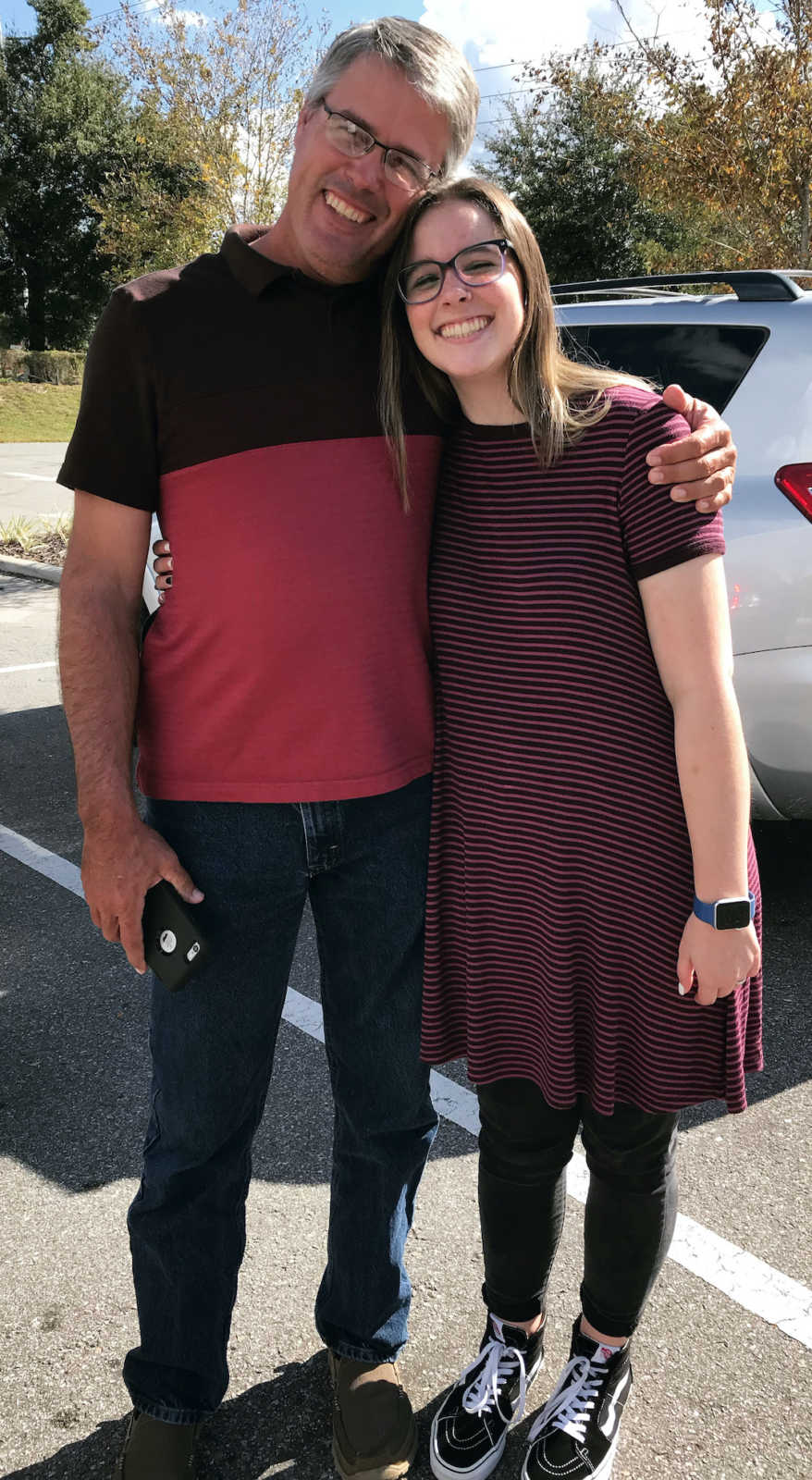
This story was submitted to Love What Matters by Hannah from Oviedo, Florida. You can follow her journey on Instagram. Submit your own story here and be sure to subscribe to our free email newsletter for our best stories.
Read more stories about Ehlers Danlos Syndrome here:
Do you know someone who could benefit from reading this? SHARE this story on Facebook with family and friends.

